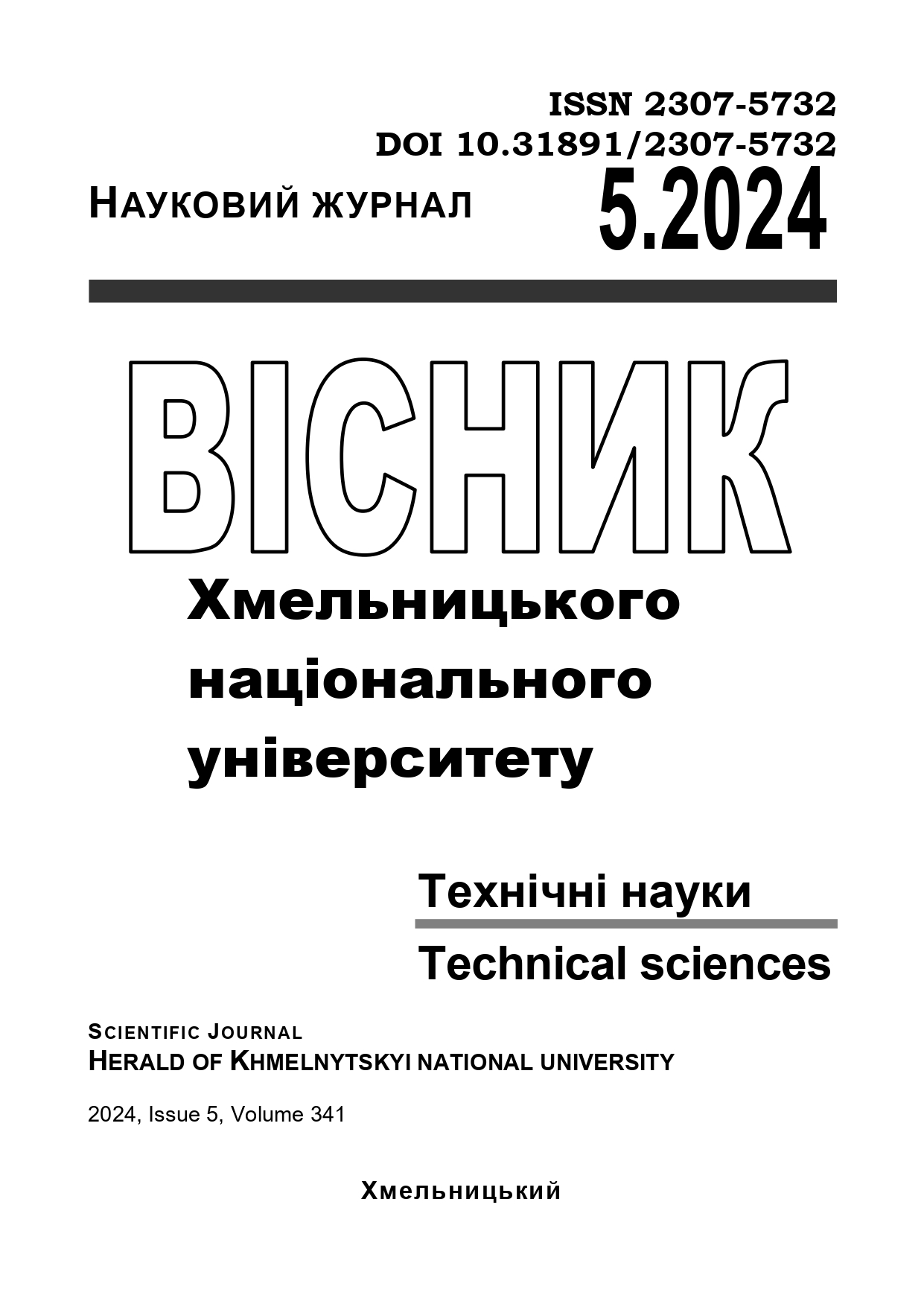REAL-TIME FACE RECOGNITION USING OPENCV LIBRARY AND PYTHON PROGRAMMING LANGUAGE
DOI:
https://doi.org/10.31891/2307-5732-2024-341-5-21Keywords:
opencv, python, image, haar cascade, viola-jones, efficiencyAbstract
The article discusses the process of face recognition, which is one of the key tasks in the field of computer vision. The main focus is on the use of the OpenCV library, which provides tools for efficient and fast face detection in images and real-time video.
The paper describes the Haar cascade and the Viola-Jones algorithm, which form the basis of the face detection implemented in OpenCV. It also discusses the step-by-step stages of project implementation in the Python programming language, as well as image processing. The results of experiments demonstrating the effectiveness and accuracy of the proposed approach are presented. The article will be useful for developers, engineers, and researchers interested in implementing face recognition technologies in their projects using basic computer vision algorithms.
In addition to the fundamental techniques, the article delves into the nuances of optimizing the face detection process. This includes adjusting parameters such as the scale factor and the minimum number of neighbors, which are crucial for balancing detection accuracy and performance. The importance of preprocessing steps like grayscale conversion and using the correct type's cascade file is also highlighted, as these steps significantly enhance the detection rate by improving image contrast.
The theoretical implementation section provides a step-by-step conception of face detection and recognition using the Haar cascade and Viola-Jones method. Also, need to underline the importance of this open topic about the recognition of human emotions using the research by Robert Plutchyk. He determines the main human emotions that are the basis for combining the recognition of a person and his emotions.
The practical implementation section provides a realization of face detection and recognition using OpenCV and Python: loading image data, applying the Haar cascade classifier, and testing the program solution.
To validate the effectiveness of the approach, several experiments were conducted using diverse image datasets. The results, summarized in tabular format, indicate a high detection rate with minimal input data. The experiments also compare the performance with different counts of input data, highlighting the advantages and disadvantages of the Viola-Jones method.

